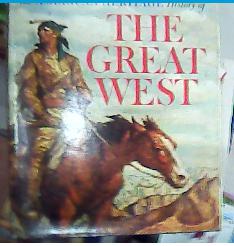
The Great Leo: A Multidimensional Introduction
Leo, the lion, is an animal that has fascinated humans for centuries. Known for its majestic mane and powerful presence, this feline is not just a symbol of strength and courage but also a creature of great intrigue. Let’s delve into the various aspects of this magnificent animal, exploring its habitat, behavior, and cultural significance.
Habitat

The lion is native to Africa and Asia, with the majority of the population found in the African savannas. These grasslands provide the perfect environment for lions, offering abundant prey and the open spaces they require for hunting. However, due to habitat loss and human encroachment, lion populations have been declining, and they are now classified as vulnerable by the International Union for Conservation of Nature (IUCN).
| Region | Estimated Lion Population |
|---|---|
| Africa | 20,000-35,000 |
| Asia | 100-200 |
While lion populations have decreased significantly, conservation efforts are being made to protect these majestic creatures. National parks, wildlife reserves, and community-based conservation programs are all working towards preserving lion habitats and ensuring their survival for future generations.
Behavior

Lions are social animals, living in groups called prides. A pride typically consists of related females, their cubs, and a few dominant males. The females are responsible for hunting and raising the cubs, while the males defend the territory and mate with the females.
One of the most fascinating aspects of lion behavior is their hunting technique. Lions are known for their teamwork, with the females working together to bring down large prey such as wildebeest, zebra, and antelope. The males, on the other hand, are often left to guard the territory and wait for the females to bring back food.
Lions also have a unique social structure, with a complex hierarchy within the pride. The alpha male, usually the largest and strongest, holds the highest position and has the right to mate with the females. However, he must constantly defend his position against younger, more aggressive males who may challenge him.
Cultural Significance

The lion has held a special place in human culture for thousands of years. In many African cultures, the lion is seen as a symbol of strength, courage, and leadership. The Maasai people of East Africa, for example, believe that the lion is a spirit guardian and a source of protection.
In ancient Egypt, the lion was associated with the god Amun-Ra, the king of the gods. The lion was seen as a representation of the sun and was often depicted in art and hieroglyphs. The lion’s mane was also a symbol of power and strength, and it was believed that wearing lion skin would bring good luck and protection.
In Western culture, the lion is often associated with royalty and strength. The lion is the king of the beasts, and it has been used as a symbol of power and authority in various contexts, from coats of arms to national flags.
Conclusion
The lion, with its majestic mane and powerful presence, is a creature that has captivated humans for centuries. From its unique social structure and hunting techniques to its cultural significance, the lion is a fascinating animal that continues to intrigue and inspire us. As we learn more about these magnificent creatures, it is our responsibility to ensure their survival and protect their habitats for future generations.





